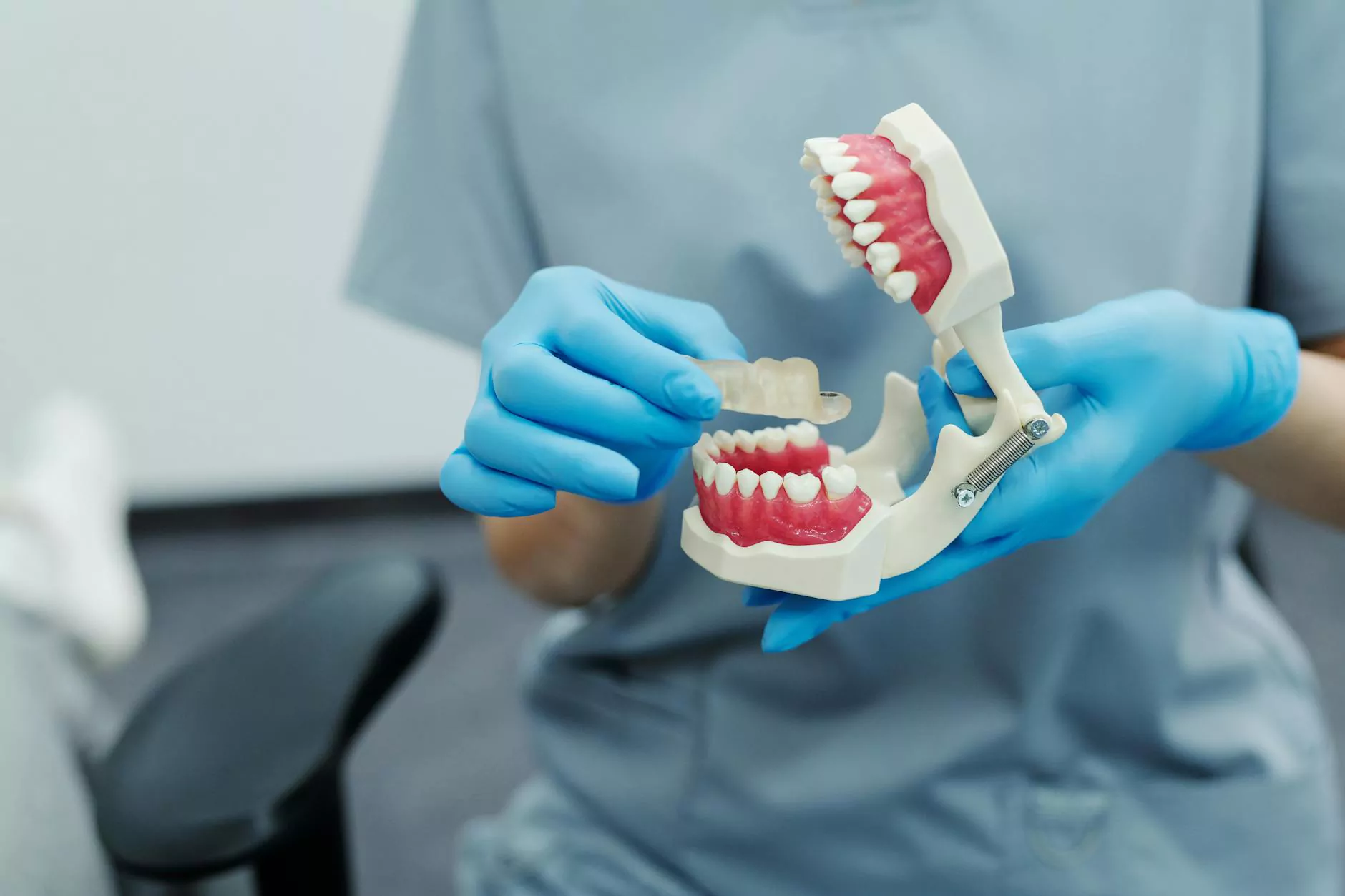The Salpingo Oophorectomy Procedure: A Comprehensive Guide for Women's Health

Understanding the salpingo oophorectomy procedure is crucial for women's health and well-being. This surgical procedure involves the removal of one or both ovaries and the fallopian tubes. As a pivotal intervention in gynecology, it carries significant implications for women dealing with various health issues, including ovarian cysts, endometriosis, and certain types of cancers.
What is a Salpingo Oophorectomy?
The term *salpingo oophorectomy* is derived from the Greek words "salpinx" (fallopian tube) and "oophoron" (ovary). Thus, this procedure refers to the surgical removal of both the fallopian tubes and ovaries. It can be classified into two main types:
- Unilateral Salpingo Oophorectomy: Removal of one ovary and one fallopian tube.
- Bilateral Salpingo Oophorectomy: Removal of both ovaries and both fallopian tubes.
Indications for Salpingo Oophorectomy
Various medical conditions may necessitate a salpingo oophorectomy procedure. Common indications include:
- Ovarian Cancer: This is one of the most critical reasons for undergoing the procedure, especially in advanced stages.
- Endometriosis: Women suffering from severe endometriosis may require this procedure to alleviate symptoms.
- Ovarian Cysts: Large or persistent ovarian cysts that do not respond to other treatments can lead to the recommendation of this surgery.
- Detrimental Physical Conditions: Conditions such as twisted ovaries (ovarian torsion) can also lead to the need for removal.
How is the Procedure Performed?
The salpingo oophorectomy procedure can be performed using several surgical techniques, the most common being:
- Laparoscopic Surgery: A minimally invasive approach utilizing small incisions and a camera to guide the surgeon.
- Open Surgery: A more traditional method, involving larger incisions, typically used in complex cases.
Before the surgery, patients undergo thorough evaluations, including imaging tests and blood work, to assess their overall health. Anesthesia is administered to ensure comfort during the procedure. Post-surgery, recovery time varies, typically ranging from a few days to several weeks, depending on the surgical approach used and individual patient circumstances.
Benefits of Salpingo Oophorectomy
The benefits of undergoing a salpingo oophorectomy procedure go beyond the initial treatment of specific medical conditions. These benefits may include:
- Reduction of Cancer Risk: Removing the ovaries decreases the risk of ovarian cancer, particularly in women with a family history or genetic predispositions.
- Relief from Chronic Pain: For conditions like endometriosis, this procedure may significantly reduce pelvic pain and improve quality of life.
- Hormonal Changes: In premenopausal women, the removal of ovaries necessitates hormone replacement therapy, which can be tailored to mitigate symptoms.
Risks and Considerations
Like any surgical procedure, a salpingo oophorectomy comes with potential risks and complications. It's essential for patients to discuss these thoroughly with their healthcare provider. Key risks include:
- Infection: Any surgical procedure poses the risk of infection at the incision site or internally.
- Bleeding: Excessive bleeding may occur during or after the procedure.
- Damage to Surrounding Organs: There is a possibility that nearby organs might be inadvertently affected during surgery.
- Menopausal Symptoms: Women who undergo bilateral salpingo oophorectomy will enter menopause, leading to symptoms like hot flashes, mood swings, and vaginal dryness.
Aftercare and Recovery
Post-operative care is crucial for a smooth recovery following a salpingo oophorectomy procedure. Here are essential tips for optimal recovery:
- Follow Up Appointments: Regular check-ups with your gynecologist ensure proper healing.
- Medications: Pain management and any prescribed hormones or supplements must be taken as directed.
- Rest and Activity: Patients should balance rest and light activities. Strenuous exercise should be avoided for several weeks.
- Dietary Adjustments: A nutrient-rich diet will promote healing. Staying hydrated is equally important.
Long-term Implications and Support
Understanding the long-term implications of a salpingo oophorectomy procedure is vital, particularly for younger women. Hormonal changes can lead to various impacts on physical and emotional well-being. Women may experience:
- Hormonal Imbalance: This may require ongoing management with a healthcare provider.
- Changes in Sexual Function: Some women report alterations in libido or discomfort; discussing these issues with a healthcare provider can provide solutions.
- Emotional and Psychological Effects: Support groups or counseling may be beneficial for coping with the transition and any changes in body image or identity.
Choosing the Right Healthcare Provider
When considering a salpingo oophorectomy procedure, selecting a qualified and experienced healthcare provider is crucial. Patients should look for the following:
- Board Certification: Ensure the doctor specializes in gynecology and is board certified.
- Experience in Surgeries: Ask about the surgeon's experience with laparoscopic and open salpingo oophorectomies.
- Patient Reviews: Research patient testimonials and seek referrals from trusted sources.
Conclusion
The salpingo oophorectomy procedure is a significant surgical intervention that can have profound effects on a woman's health. By understanding its indications, benefits, potential risks, and the importance of professional care, women can make informed decisions about their health journeys. Always consult with a qualified gynecologist to discuss concerns, treatments, and potential outcomes. Remember, knowledge and timely action can empower you on your path to better health.
For more information and to consult top-rated gynecologists, visit drseckin.com.



